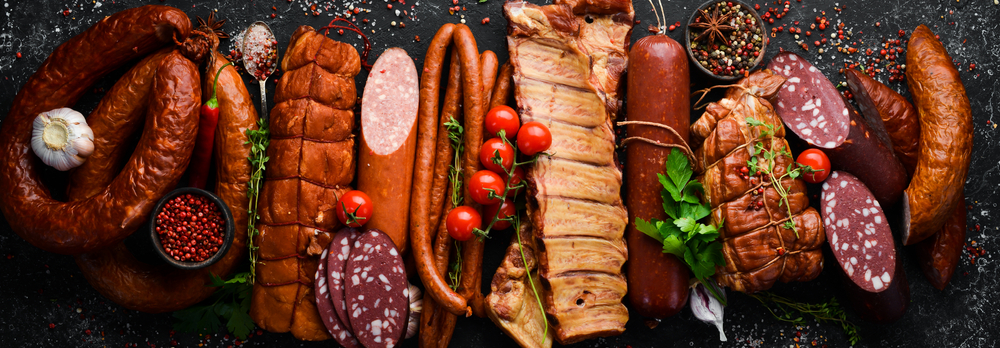
Smoking and Curing
Cure or Sodium Nitrate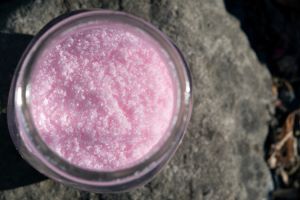
Curing is the addition of some combination of salt, sugar, nitrite, and/or nitrate for the purposes of preserving food and maintaining the flavor and color of meats. Curing is commonly used for foods like salami, hot dogs, and bacon. The curing ingredients can be rubbed on the surface of the food, mixed into the food, or the food can be submerged into a brine solution. In addition to preserving the food, the addition of cure can inhibit the growth of harmful organisms such as Clostridium botulinum.
Sodium nitrate is commonly referred to as pink salt. It’s naturally white but can be dyed a pink color to prevent confusion with other spices or seasonings. Sodium nitrate is controlled within the Minnesota Food Code, meaning the amount that is added to foods for their intended effects is regulated. Too much sodium nitrate can be harmful and too little will not control the organisms of concern. Therefore, if this process is not done properly it can lead to foodborne illnesses or other undesired impacts, which is why a Hazard Analysis and Critical Control Point (HACCP) plan is required to help reduce or eliminate the risk to these potential hazards.
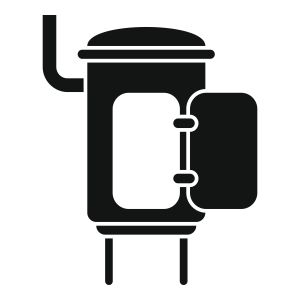 Smoking
Smoking
Smoking, in combination with adding cure, originally was a method to preserve meats. Smoking uses indirect heat to allow the smoke to flow over the meat imparting flavor in an enclosed environment. Since the process uses indirect heat, smoking is a long process that can expose meats to the temperature danger zone for extended periods of time.
There are two methods of smoking food:
- Hot Smoking
- Cold Smoking
Both can be approved with a HACCP plan, but the hazards and control methods may vary depending on the process. Cold smoking is less common and generally done with temperatures below 100 degrees Fahrenheit for a long period of time, meaning the meats are never fully cooked. Hot smoking is more common and generally cooked at a higher temperature around 220 degrees Fahrenheit, and the meats are considered fully cooked afterward.
Critical Control Points (CCPs)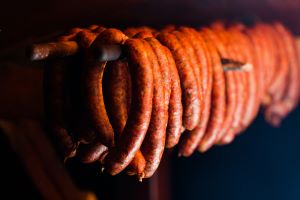
As indicated, the critical control points can vary depending on the process. In most instances, the critical control points of the Smoking/Curing HACCP plan include:
- The weight of cure, which is proportionate to the amount of meat being cured, to ensure the proper parts per million (ppm) and uniform distribution.
- Proper internal cook temperature depending on the type of meat, and
- Rapid cooling of the products
Each of these steps will require documentation and logs to be maintained. Work with your assigned HACCP consultant who will help you identify all the necessary CCPs to help ensure your process is safe.
Alternatives to Sodium Nitrate
Celery powder is naturally rich in nitrate and performs a similar function as sodium nitrate. It’s commonly thought of as a natural substitute for sodium nitrate, however, celery powder is currently not allowed as a ‘curing’ agent. Instead, celery powder is approved for flavor, and as an antimicrobial. Products that use celery powder must be labeled ‘uncured’ to distinguish them from conventionally cured products. For more information refer to the United States Department of Agriculture (USDA) website.
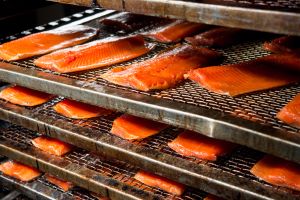 Limitations of Sodium Nitrate
Limitations of Sodium Nitrate
Not all foods are allowed to contain sodium nitrate. According to the Code of Federal Regulations (CFR) Title 21 seafood such as salmon, sablefish, and shad are the only fish that are allowed to contain sodium nitrate, meaning no other fish products at this time are legally permitted to contain sodium nitrate.
Smoke Houses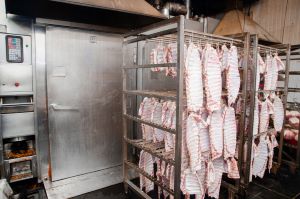
Smokehouses are required to be certified or classified for sanitation by an American National Standards Institute (ANSI) accredited certification program for food service equipment when used in a retail environment. Not all commercial smokehouses have this certification. Contact your area inspector to help navigate if a smokehouse would be approved for use in a retail environment.

